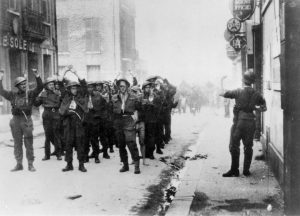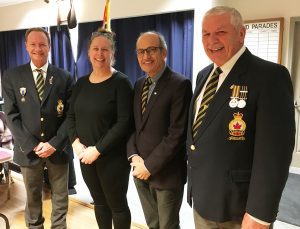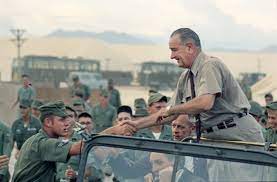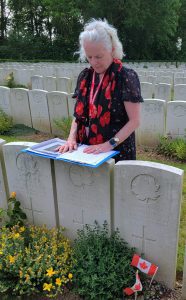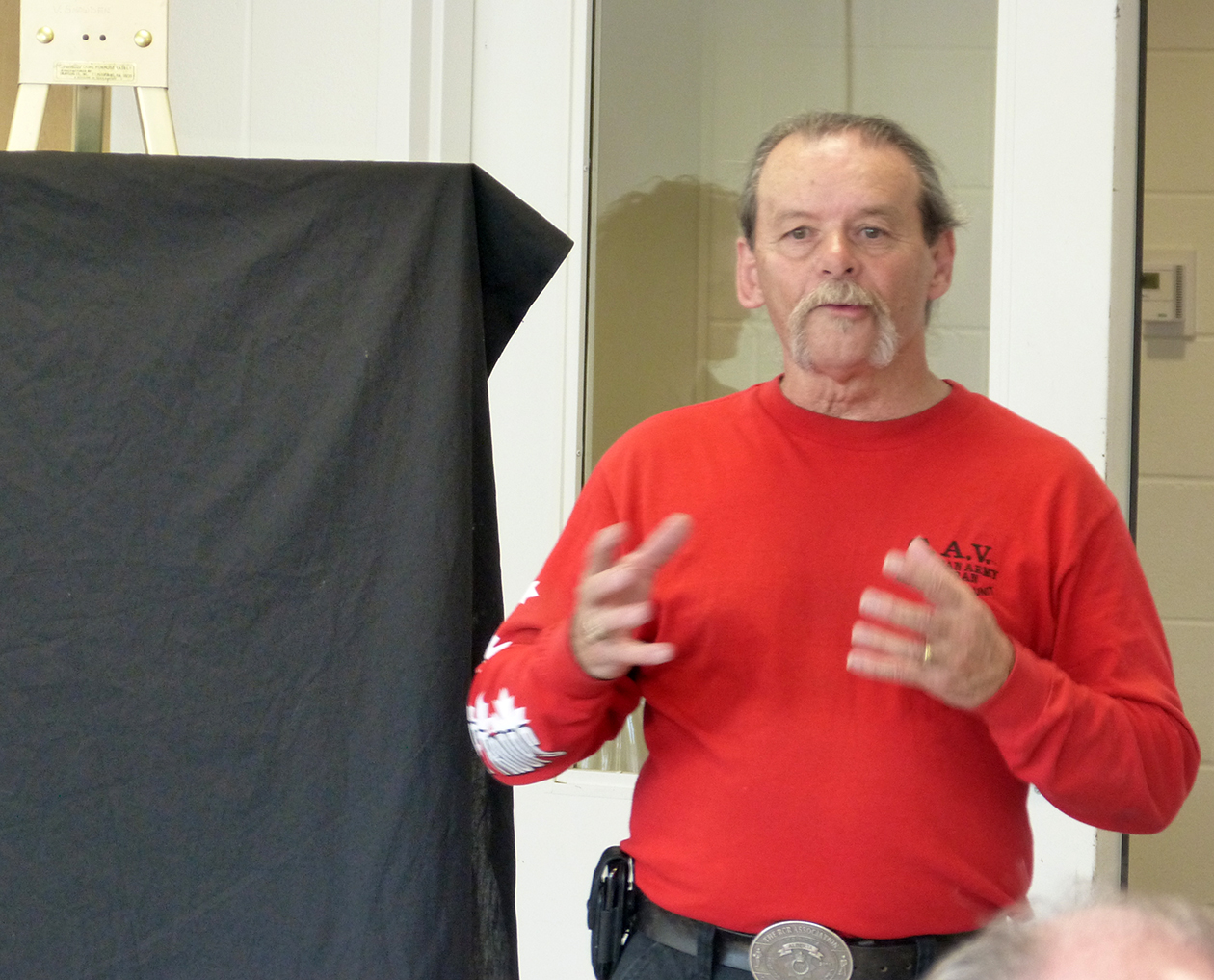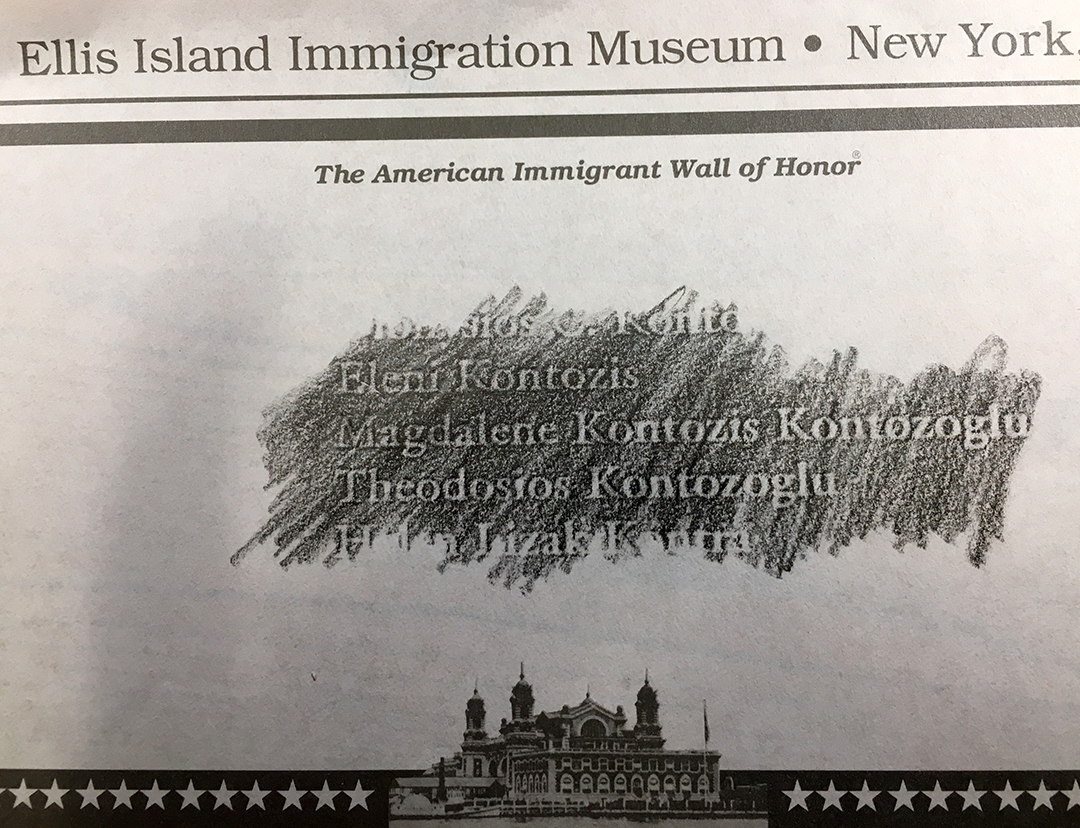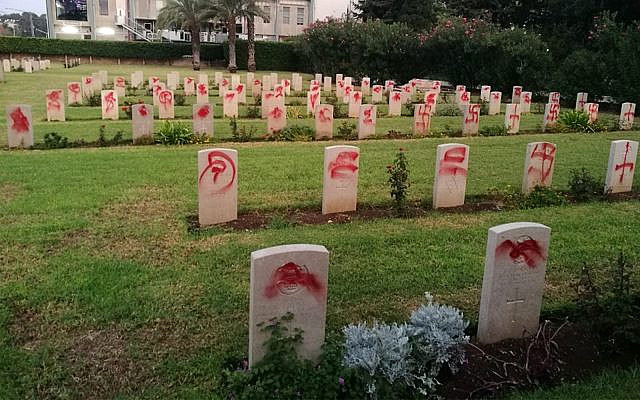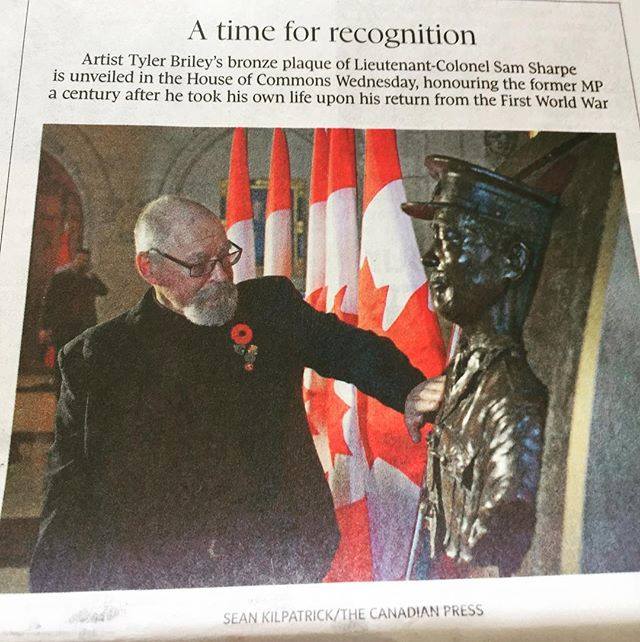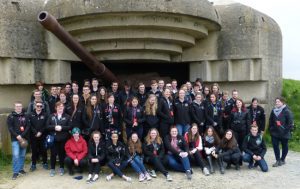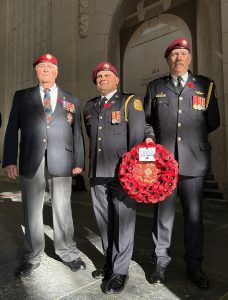
The three of them seemed buried in preparations – arranging the wreath, adjusting their berets, straightening their blazers and ties – and they didn’t notice me approaching with my cellphone camera. Then, suddenly as they stepped to the curb beneath the Menin Gate, a shaft of sunlight caught them.
“Look here guys,” I called out.
Almost in perfect symmetry, the three men – Bill Stewart, Al Thomas and Paul Moffatt – all snapped to attention the way they’ve done thousands of times before. And I clicked the photograph of the three retired firefighters in their parade uniforms, ready to join one of the most poignant Great War commemorations in Europe. (more…)
